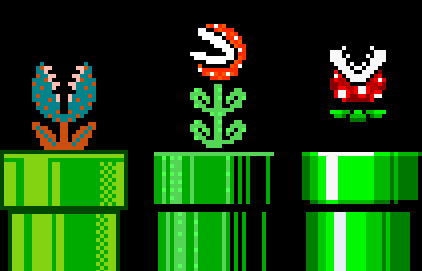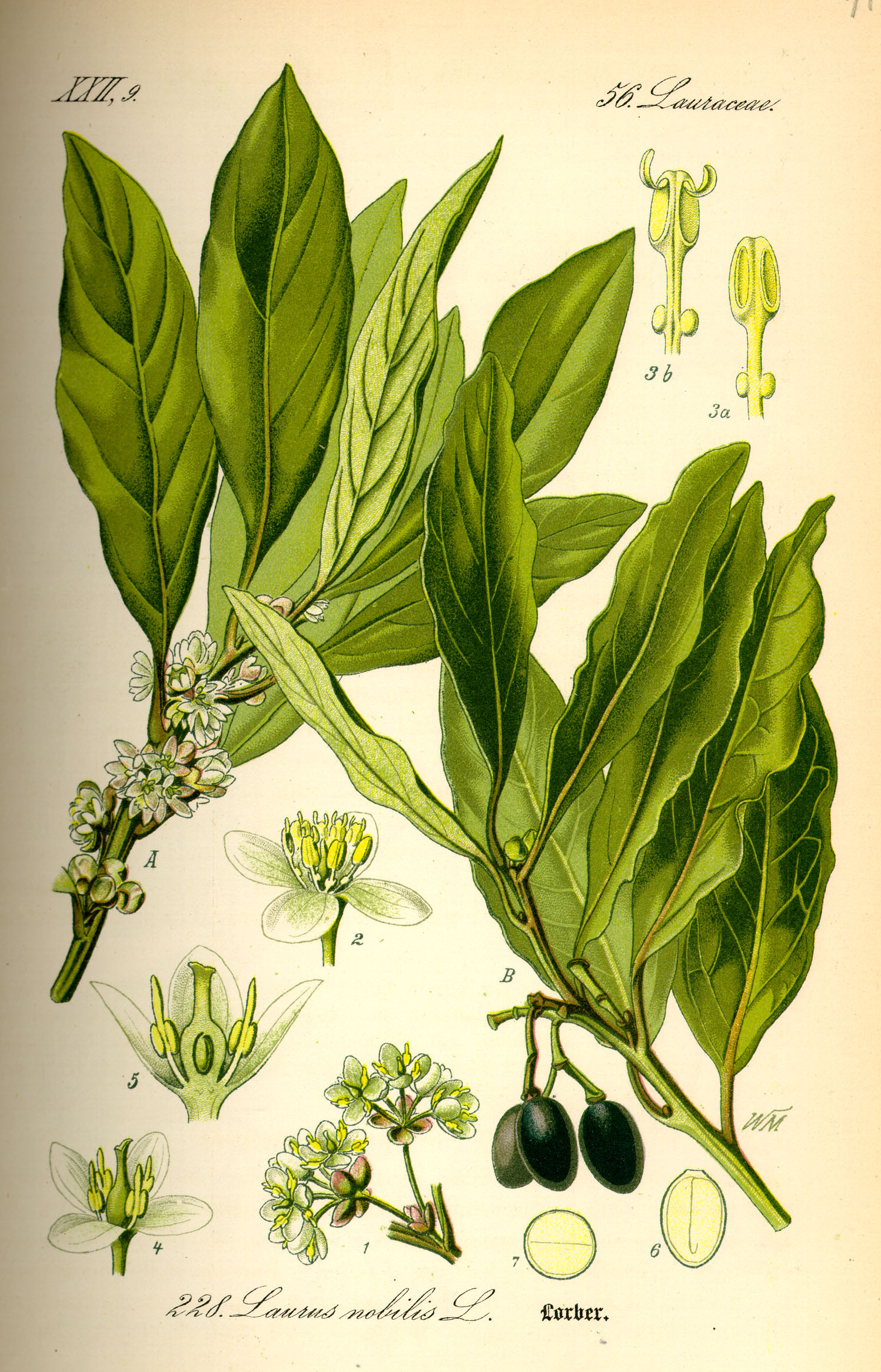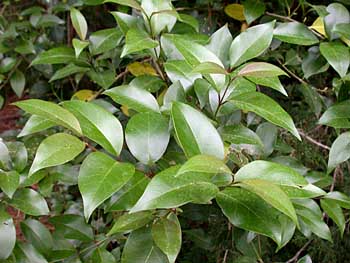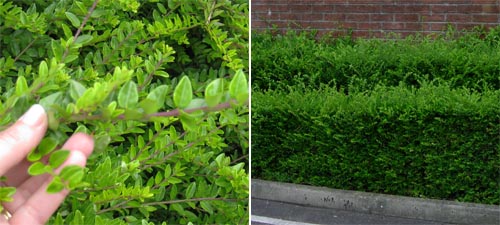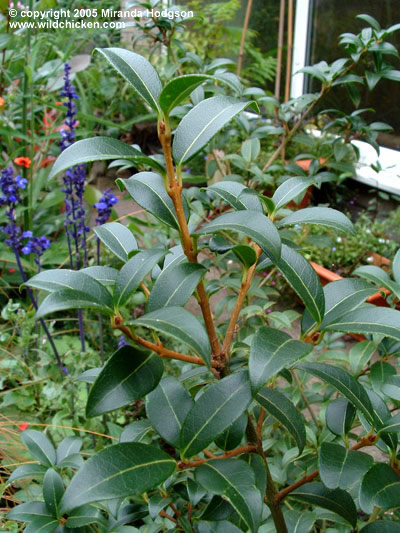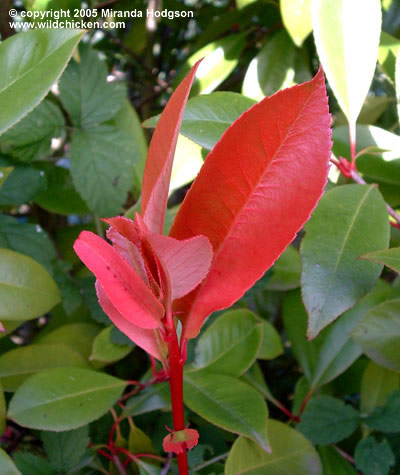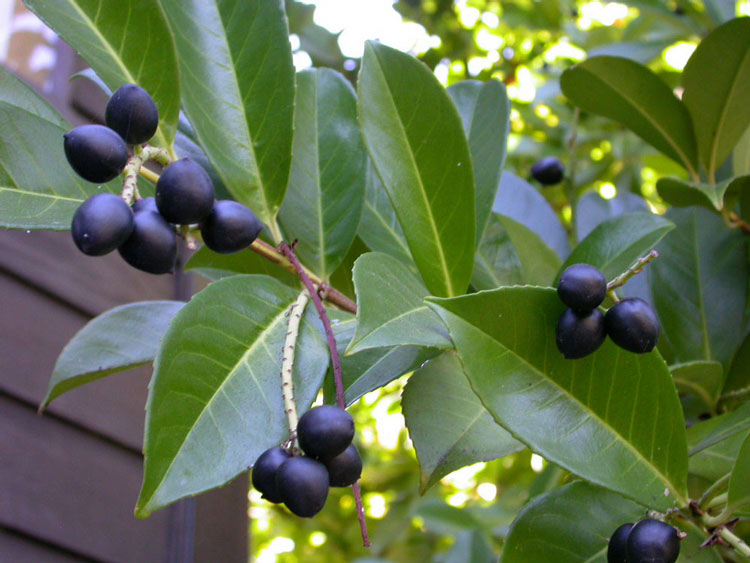Latin Name: Berberis buxifolia
Common Name: boxleaf barberry
Family: Berberidaceae
Origin: Southern South America
Tree/Shrub/Herb: Evergreen shrub
Form: Upright, pruned to hedge
Habit: Spreading
Buds: Alternate/whorled, reddish yellow
Leaves: Whorled at nodes
Flowers: Yellow florets
Stem/Bark: Reddish stems, zig zag formation
Cultural Requirements: Drought tolerant, dry soil, full sun, no pruning
Landscape Uses: Lower hedging in difficult cultural conditions
Notes: Prickly stems could be good for protection
Latin Name: Buxus microphylla
Common Name: littleleaf box
Family: Buxaceae
Origin: Japanese and Taiwan
Tree/Shrub/Herb: Evergreen shrub
Form: Upright, pruned to hedge
Habit: Spreading
Buds: Opposite
Leaves: Ovate, lighter green, refuse tip, attenuate base
Stem/Bark: Green, square stems
Cultural Requirements: Needs moisture and protection to establish, prefers full sun when established
Landscape Uses: Hedging
Latin Name: Buxus sempervirens
Common Name: common boxwood
Family: Buxaceae
Origin: Western and southern Europe, northwest Africa, and southwest Asia
Tree/Shrub/Herb: Evergreen shrub
Form: Upright, pruned to hedge
Habit: Spreading
Buds: Opposite, clusters of globose yellow
Leaves: Ovate, dark green, refuse tip, attenuate base
Stem/Bark: Green, square
Cultural Requirements: Needs moisture and protection to establish, prefers full sun when established
Landscape Uses: Hedging
Latin Name: Escallonia x 'Newport Dwarf'
Common Name: dwarf escallonia
Family: Escalloniaceae
Origin: South America
Tree/Shrub/Herb: Evergreen shrub
Form: Upright, pruned to hedge
Habit: Spreading
Buds: Alternate
Leaves: Obovate, serrated margin, attenuate base
Stem/Bark: Brownish-red
Cultural Requirements: No pruning needed, needs protection from wind, good drainage, drought tolerant
Landscape Uses: Low hedging
Latin Name: Ilex crenata
Common Name: Japanese holly
Family: Aquafoliaceae
Origin: Eastern Asia
Tree/Shrub/Herb: Evergreen shrub
Form: Upright, pruned to hedge
Habit: Spreading
Buds: Alternate, pointy, green-red
Leaves: Cupped, oblanceolate, obtuse tip
Stem/Bark: Reddish-brown, very fine hairs
Cultural Requirements: Organic, acidic soil, full sun to partial shade
Landscape Uses: Hedging
Latin Name: Laurus nobilis
Common Name: bay laurel
Family: Lauraceae
Origin: Mediterraneae
Tree/Shrub/Herb: Evergreen shrub
Form: Upright, rounded
Habit: Multi-stemmed from base
Buds: Alternate, pointy, reddish scales
Leaves: Lanceolate, irregular margin, drip tips
Flowers: Small white flowers
Stem/Bark: Reddish new stems, green older stems
Cultural Requirements: Like heat, dry soils, needs cold wind protection in our climate
Landscape Uses: Taller hedging
Notes: Bay leaves are used in cooking
Latin Name: Ligustrum lucidum
Common Name: Chinese privet
Family: Oleaceae
Origin: China
Tree/Shrub/Herb: Evergreen shrub
Form: Upright, pruned to hedge
Habit: Spreading
Buds: Opposite, twin terminal
Leaves: Ovate, entire margin, rounded base
Stem/Bark: Green/brown stems with lenticels
Cultural Requirements: Hardy here with wind protection
Landscape Uses: Hedging
Notes: Often pruned into topiaries
Latin Name: Leucothoe fontanesiana
Common Name: fetterbush
Family: Ericaceae
Origin: SE United States
Tree/Shrub/Herb: Evergreen shrub
Form: Upright, pruned to hedge
Habit: Spreading
Buds: Alternate
Leaves: Lanceolate, serrated margin, accuminate tip
Stem/Bark: Reddish-green, zig-zag growth
Cultural Requirements: Moist, cool, acidic soil in partial shade
Landscape Uses: Hedging
Latin Name: Lonicera nitida
Common Name: boxleaf honeysuckle
Family: Caprifoliaceae
Origin: China
Tree/Shrub/Herb: Evergreen shrub
Form: Upright, pruned to hedge
Habit: Spreading
Buds: Opposite, small, brown
Leaves: Ovate, acute apex, entire margin, light green
Stem/Bark: Brown/tan stems
Cultural Requirements: Moist, well drained soil, full sun to partial shade
Landscape Uses: Low hedging
Notes: Responds with vigorous growth to hard pruning
Latin Name: Lonicera pileata
Common Name: privet honeysuckle
Family: Caprifoliaceae
Origin: Southwest China
Tree/Shrub/Herb: Evergreen shrub
Form: Low, spreading
Habit: Horizontal layers of growth
Buds: Opposite
Leaves: Lanceolate, entire margin, dark green
Fruit: Purple berries
Stem/Bark: Brown/grey stems
Cultural Requirements: Does well in dry soil and tough conditions
Landscape Uses: Low hedging
Notes: Useful in commercial environments where conditions are poor
Latin Name: Osmanthus x burkwoodii
Common Name: burkwood osmanthus
Family: Oleaceae
Origin: Garden Origin from Asia
Tree/Shrub/Herb: Evergreen shrub
Form: Upright, pruned to hedge
Habit: Spreading
Buds: Opposite
Leaves: Lanceolate, serrated margin, accuminate tip, attentuate base
Stem/Bark: Brown stems
Cultural Requirements: Drought tolerant, well drained soil, full sun to partial shade
Landscape Uses: Higher hedging
Latin Name: Photinia x fraseri
Common Name: Fraser photinia
Family: Rosaceae
Origin: Garden origin from East Asia
Tree/Shrub/Herb: Evergreen shrub
Form: Upright, pruned to hedge
Habit: Spreading
Buds: Alternate
Leaves: Oblanceolate, serrated margin, accuminate apex, attenuate base
Stem/Bark: Brown stems
Cultural Requirements: Full sun, dry soil
Landscape Uses: Higher hedging
Notes: Susceptible to black spot
Latin Name: Prunus laurocerasus
Common Name: English laurel
Family: Rosaceae
Origin: Southwestern Asia and southeastern Europe
Tree/Shrub/Herb: Evergreen shrub
Form: Upright, pruned to hedge
Habit: Spreading
Buds: Alternate, stout, yellowish-green
Leaves: Lanceolate, finely serrated
Fruit: Purple berries
Stem/Bark: Green stems
Cultural Requirements: Will grow anywhere with good drainage
Landscape Uses: Higher hedging
Notes: Very invasive and should never be planted
Latin Name: Prunus laurocerasus 'Otto Luyken'
Common Name: Otto Luyken laurel
Family: Rosaceae
Origin: Southwestern Asia and southeastern Europe
Tree/Shrub/Herb: Evergreen shrub
Form: Upright, pruned to hedge
Habit: Upright leaf posture
Buds: Alternate, long, yellowish-green
Leaves: Lanceolate, thin, entire margin, dark green
Stem/Bark: Green
Cultural Requirements: Will grow anywhere with good drainage
Landscape Uses: High hedging
Latin Name: Prunus laurocerasus 'Zabeliana'
Common Name: zabeliana laurel
Family: Rosaceae
Origin: Southwestern Asia and southeastern Europe
Tree/Shrub/Herb: Evergreen shrub
Form: Upright, pruned to hedge
Habit: Horizontal leaf posture
Buds: Alternate, medium size, yellowish-green
Leaves: Lanceolate, long, entire margin
Stem/Bark: Yellowish-green stems
Cultural Requirements: Will grow anywhere with good drainage
Landscape Uses: High hedging
Latin Name: Sarcococca confusa
Common Name: sweet box
Family: Buxaceae
Origin: Western China
Tree/Shrub/Herb: Evergreen shrub
Form: Upright, pruned to hedge
Habit: Spreading
Buds: Alternate
Leaves: Lanceolate, accuminate apex, attenuate base
Fruit: Purple berries
Stem/Bark: Round, green stems
Cultural Requirements: rich, moist, well drain ed soil, prefers shade
Landscape Uses: Hedging
Latin Name: Sarcococca hookeriana 'Humilis'
Common Name: Himalayan sweet box
Family: Buxaceae
Origin: SE Asia
Tree/Shrub/Herb: Evergreen shrub
Form: Low, matlike
Habit: Spreading
Buds: Opposite, pointed, brownish-yellow
Leaves: Lanceolate, accuminate apex, attenuate base
Flowers:Flowers in Jan-Feb, has winter fragrance
Stem/Bark: Reddish green stems
Cultural Requirements: Needs shade, moist organic soil, well drained
Landscape Uses: Hedging
Notes: Spreads rhizomatously
Latin Name: Skimmia japonica
Common Name: Japanese skimmia
Family: Rutaceae
Origin: East Asia
Tree/Shrub/Herb: Evergreen shrub
Form: Upright, pruned to hedge
Habit: Spreading
Buds: Whorled at nodes
Leaves: Oblanceolate, lightly crenate on terminal third ofl eaves
Fruit: Red berries
Stem/Bark: Green stems
Cultural Requirements: Needs shade, moist soil
Landscape Uses: Hedging
Notes: Susceptible to spider mite
Latin Name: Viburnum davidii
Common Name: David's viburnum
Family: Adoxaceae
Origin: Western China
Tree/Shrub/Herb: Evergreen shrub
Form: Upright, pruned to hedge
Habit: Spreading
Buds: Opposite, stout, reddish, many scales
Leaves: Obovate, acute apex, veins arch and end at apex, 3 midribs
Flowers: Umbels of white/pink flowers
Fruit: Metallic blue berries
Stem/Bark: Green, bumpy stems
Cultural Requirements: Average, moist, well drained soil in full sun to partial shade
Landscape Uses: Hedging
Latin Name: Viburnum tinus
Common Name: laurustinus
Family: Adoxaceae
Origin: Mediterraneae, Northern Africa
Tree/Shrub/Herb: Evergreen shrub
Form: Upright, pruned to hedge
Habit: Spreading
Buds: Opposite
Leaves: Lanceolate, accuminate apex, pubescent margin
Flowers: Umbels of white/pink flowers
Stem/Bark: Pubescent, red stems
Cultural Requirements: Well drained soil, drought tolerant, full sun to partial shade
Landscape Uses: Hedging
Notes: Susceptible to powdery mildew and viburnum leaf beetle
Latin Name: Prunus lusitanica
Common Name: Portuguese laurel
Family: Rosaceae
Origin: SW Europe, Northern Africa
Tree/Shrub/Herb: Evergreen shrub
Form: Upright, pruned to hedge
Habit: Spreading
Buds: Alternate
Leaves: Ovate, dentate margin, rounded base
Stem/Bark: Red stems
Cultural Requirements: Grows in shade, if left alone will become a large tree
Landscape Uses: Hedging
Notes: Somewhat invasive, less so than P. laurocerasus
